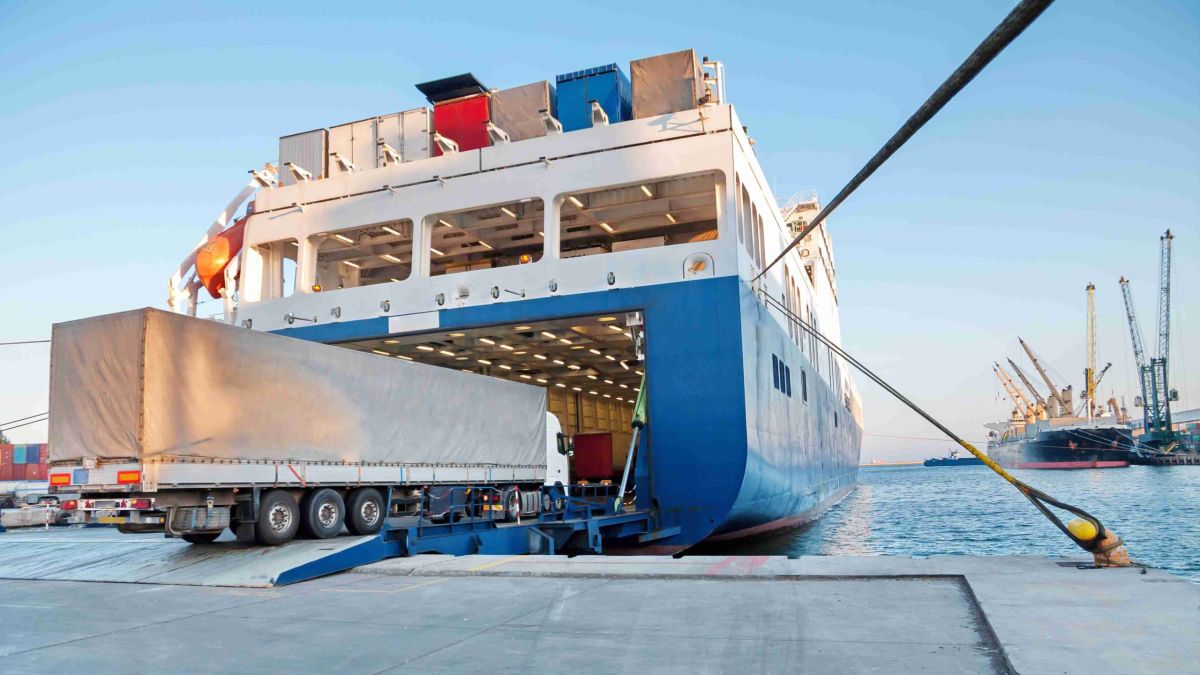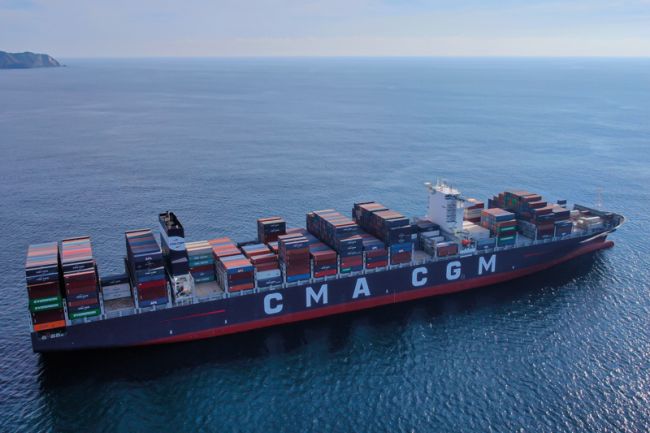Steer launches new scenario analysis for International Shipping Week 2025
Steer has published a new scenario analysis, Tides of Change: Global scenarios for the future of ports and shipping

The ports and maritime industry is the backbone of global trade and connectivity, playing a crucial role in the economic growth of countries and regions. The sector is evolving rapidly, facing regulatory pressures, geopolitical shifts, chokepoint disruptions, and the urgent need for decarbonisation.
Against this backdrop, Steer has published a new scenario analysis, Tides of Change: Global scenarios for the future of ports & shipping, to coincide with London International Shipping Week 2025 (LISW25).
The report sets out four plausible futures for the global ports and shipping industry over the coming years, including economic, shipping, geo-political, energy and environmental factors.
Helping industry leaders prepare for uncertainty
In an environment where traditional forecasts are no longer sufficient, scenario planning offers a structured way to explore multiple plausible futures. By stress-testing strategies against a range of potential outcomes, organisations can uncover risks, build resilience and identify opportunities before they emerge.
Alberto Preti, Ports & Maritime Lead at Steer, said;
The shipping industry is navigating unprecedented complexity. Scenario analysis doesn’t seek to predict the future, but it equips decision-makers with a framework to prepare for uncertainty, make more resilient choices, and seize opportunities.
Who should read this?
Tides of Change is designed for leaders across:
- Port authorities and terminal operators
- Shipping and ferry lines
- Logistics and supply chain companies
- Policymakers and regulators
- Investors in port and maritime infrastructure
Let’s continue the discussion
Book a free workshop with our experts to stress-test your organisation’s strategy and operations against these scenarios and identify areas of risk and opportunity. Contact Alberto Preti to book.









